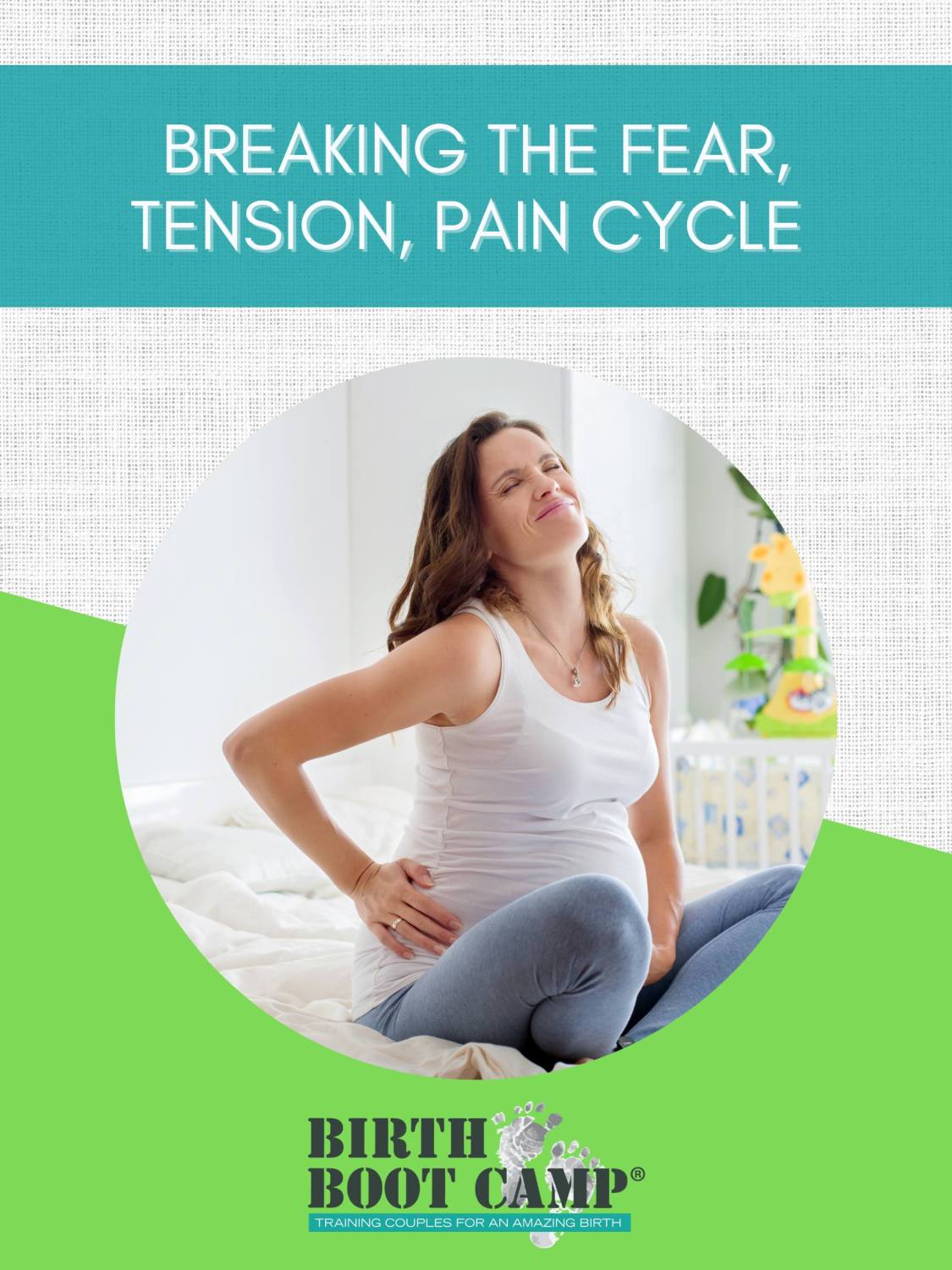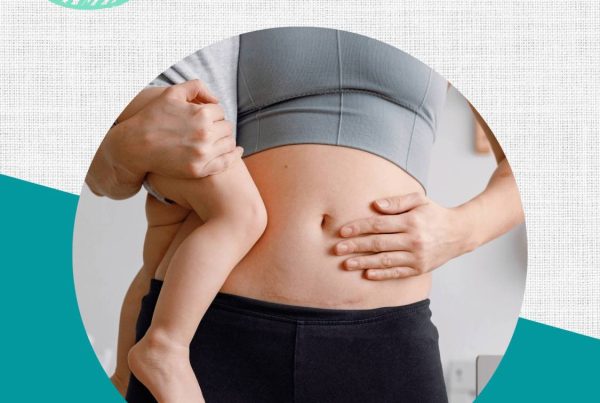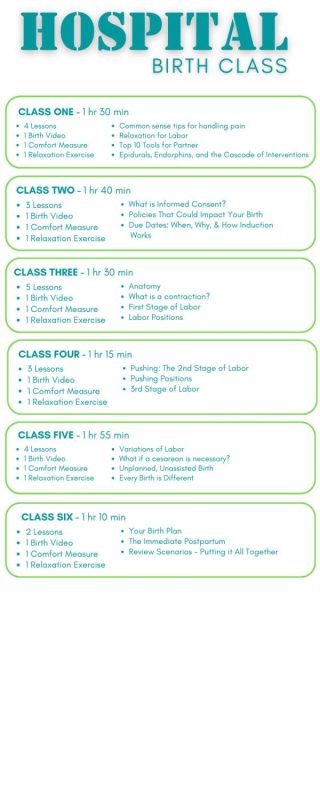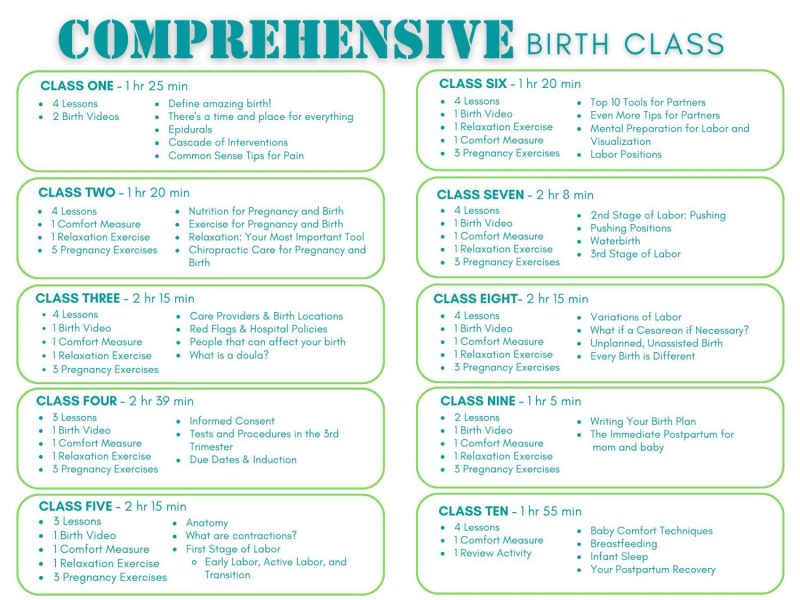Today we are going to dive into the fascinating topic of the Fear, Tension, Pain cycle during childbirth. Understanding this cycle is crucial as it shows the connection between fear, tension, and the perception of pain. We will explore how breaking this cycle can positively impact the birthing experience. So, let’s explore the science behind it all.
Breaking The Fear, Tension, Pain Cycle!
The Fear, Tension, Pain Cycle:
The Fear, Tension, Pain cycle is a well-documented phenomenon in childbirth, representing a cyclical relationship between these three factors. It begins with fear, triggers physical and mental tension, which ultimately leads to an increased perception of pain. Breaking this cycle is vital to promoting a more positive and empowering birthing experience.
The Role of Fear:
Fear is a natural response, especially in unfamiliar situations like childbirth. However, excessive fear and anxiety can release stress hormones, such as cortisol and adrenaline, which activate the body’s fight-or-flight response. This physiological reaction can heighten muscle tension and increase the perception of pain.
Tension and Its Effects:
Fear-induced tension can manifest as muscle tightness, particularly in the pelvic area. Increased muscle tension can impede the progress of labor and intensify discomfort. It may also hinder the optimal positioning of the baby, potentially leading to longer labor and increased pain.
The Perception of Pain:
The fear and tension experienced during childbirth can amplify the perception of pain. Studies have shown that anxiety and stress can lower the pain threshold and reduce pain tolerance. Furthermore, fear and tension can impact the release of endorphins, natural pain-relieving hormones, making pain management more challenging.

Breaking the Cycle:
Fortunately, there are strategies that can help break the Fear, Tension, Pain cycle, fostering a more positive birthing experience:
- Education and Knowledge: Attend childbirth education classes that provide accurate information about the birthing process, pain management techniques, and coping strategies. Understanding the physiological and psychological aspects of childbirth can help alleviate fear and anxiety.
- Relaxation Techniques: Practice relaxation techniques such as deep breathing, guided imagery, progressive muscle relaxation, and mindfulness. These techniques promote relaxation, reduce muscle tension, and enhance pain coping abilities.
- Continuous Support: Seek continuous support from a trained birth professional, such as a doula or supportive birth companion. Having a trusted presence throughout labor can provide emotional reassurance, advocacy, and physical comfort, effectively reducing fear and tension.
- Positive Environment: Create a positive and supportive birthing environment. Dim lighting, soothing music, and familiar personal items can contribute to a calming atmosphere, reducing fear and promoting relaxation.
- Effective Communication: Openly communicate fears, concerns, and preferences with your healthcare provider or birth team. Establishing trust and effective communication fosters a sense of control and empowerment, helping to alleviate fear and tension.
Understanding the Fear, Tension, Pain cycle helps individuals to take proactive steps in breaking this cycle and enhancing the birthing experience. By addressing this cycle and utilizing strategies such as education, relaxation techniques, continuous support, and positive environment, individuals can cultivate a more positive, empowering, and AMAZING birth journey. Remember, knowledge, support, and a calm mindset play pivotal roles in embracing birth with confidence and strength.









